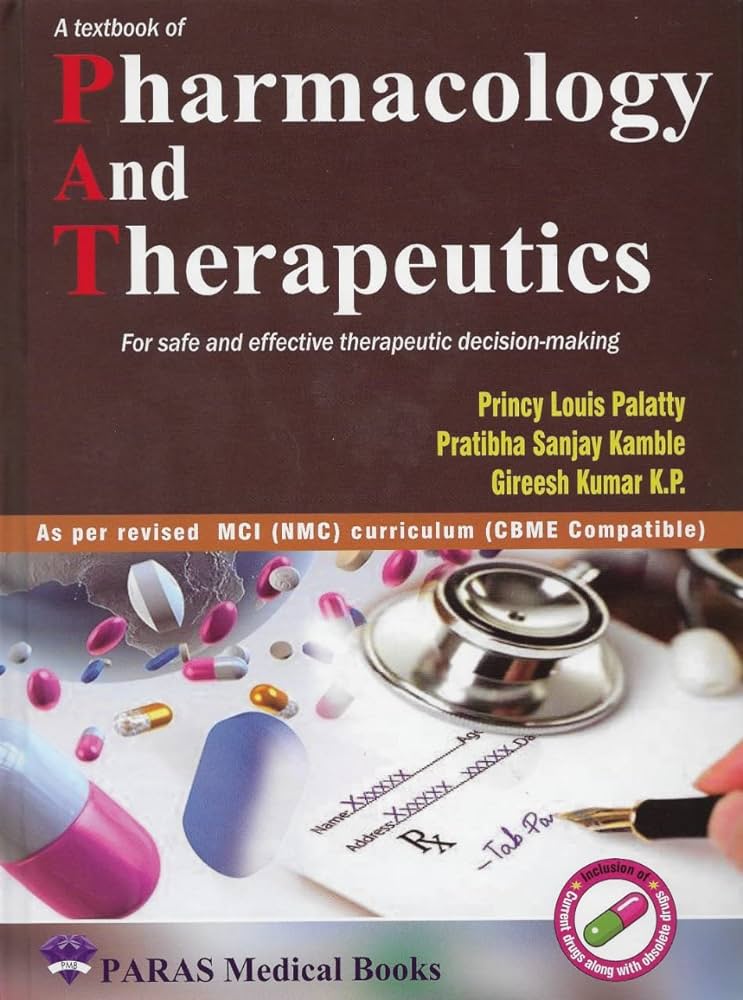偏置信号在gpcr:结构的见解和药物开发的意义。
IF 12.5
1区 医学
Q1 PHARMACOLOGY & PHARMACY
引用次数: 0
摘要
G蛋白偶联受体(gpcr)是人类最大的细胞表面受体家族,在调节多种细胞过程中起着至关重要的作用,是主要的药物靶点。传统的药物设计主要集中在均匀激活或抑制gpcr的配体上。然而,偏倚激动剂的概念——配体选择性地稳定不同的受体构象,导致独特的信号转导结果——已经在治疗发展中引入了范式转变。尽管偏倚激动剂有望提高药物疗效并减少副作用,但对偏倚信号传导的结构和生物物理机制的全面了解是必不可少的。GPCR结构生物学的最新进展为配体结合、构象动力学和偏置信号的分子基础提供了前所未有的见解。这些见解与表征配体功效的改进技术相结合,推动了几种gpcr的偏配体的发展,包括阿片样物质、血管紧张素和肾上腺素能受体。这篇综述综合了这些发展,从偏倚信号的机制到药物发现,强调了结构洞察在合理设计具有优越治疗效果的下一代偏倚激动剂中的作用。最终,这些进展有可能彻底改变gpcr靶向药物的发现,为更精确和有效的治疗铺平道路。本文章由计算机程序翻译,如有差异,请以英文原文为准。
Biased signaling in GPCRs: Structural insights and implications for drug development
G protein-coupled receptors (GPCRs) are the largest family of cell surface receptors in humans, playing a crucial role in regulating diverse cellular processes and serving as primary drug targets. Traditional drug design has primarily focused on ligands that uniformly activate or inhibit GPCRs. However, the concept of biased agonism—where ligands selectively stabilize distinct receptor conformations, leading to unique signaling outcomes—has introduced a paradigm shift in therapeutic development. Despite the promise of biased agonists to enhance drug efficacy and minimize side effects, a comprehensive understanding of the structural and biophysical mechanisms underlying biased signaling is essential. Recent advancements in GPCR structural biology have provided unprecedented insights into ligand binding, conformational dynamics, and the molecular basis of biased signaling. These insights, combined with improved techniques for characterizing ligand efficacy, have driven the development of biased ligands for several GPCRs, including opioid, angiotensin, and adrenergic receptors. This review synthesizes these developments, from mechanisms to drug discovery in biased signaling, emphasizing the role of structural insights in the rational design of next-generation biased agonists with superior therapeutic profiles. Ultimately, these advances hold the potential to revolutionize GPCR-targeted drug discovery, paving the way for more precise and effective treatments.
求助全文
通过发布文献求助,成功后即可免费获取论文全文。
去求助
来源期刊
CiteScore
23.00
自引率
0.70%
发文量
222
审稿时长
90 days
期刊介绍:
Pharmacology & Therapeutics, in its 20th year, delivers lucid, critical, and authoritative reviews on current pharmacological topics.Articles, commissioned by the editor, follow specific author instructions.This journal maintains its scientific excellence and ranks among the top 10 most cited journals in pharmacology.

 求助内容:
求助内容: 应助结果提醒方式:
应助结果提醒方式:


